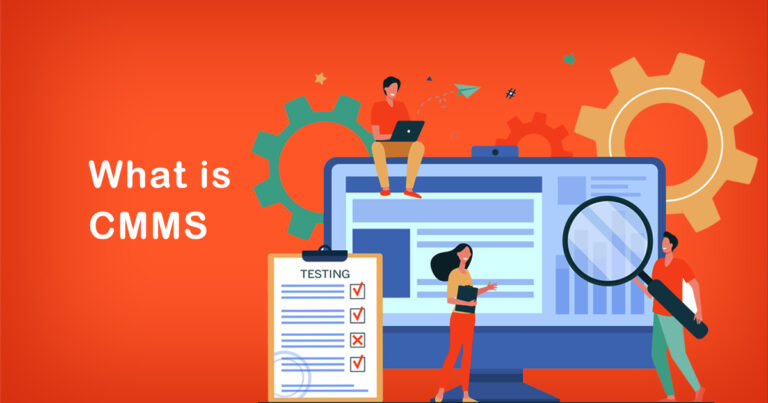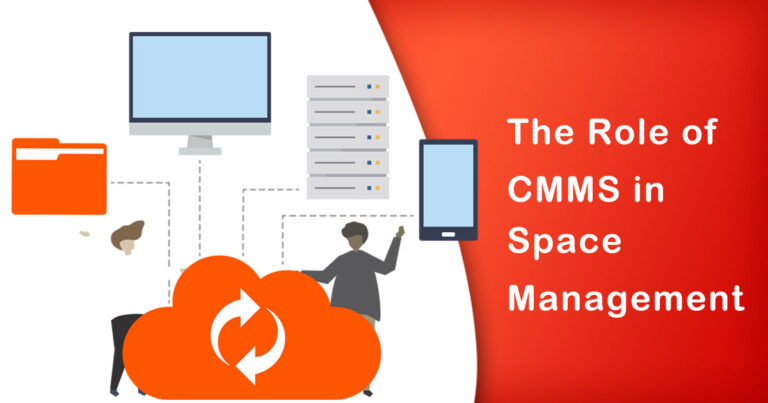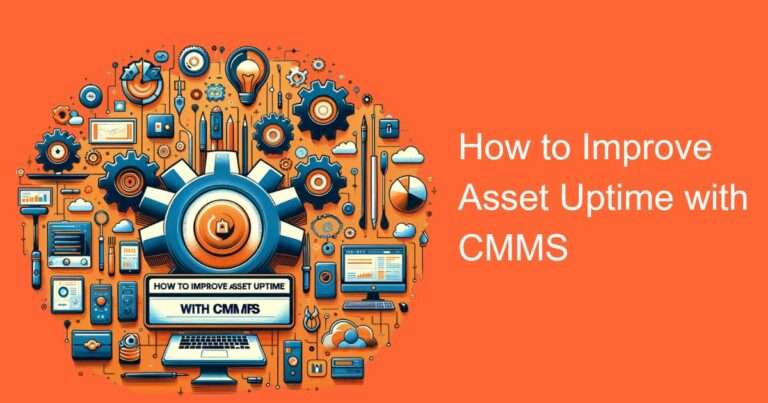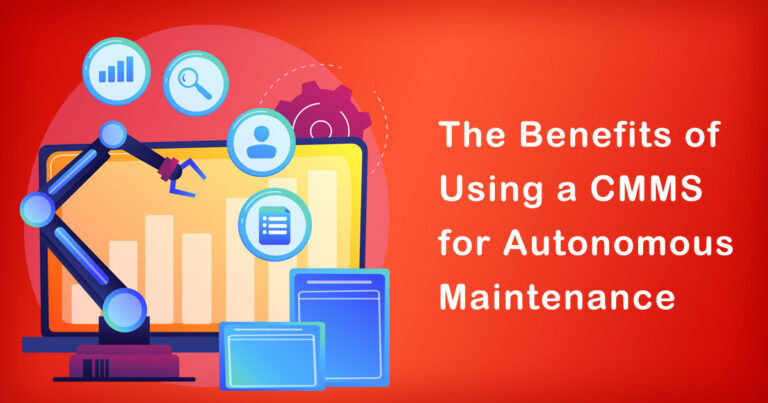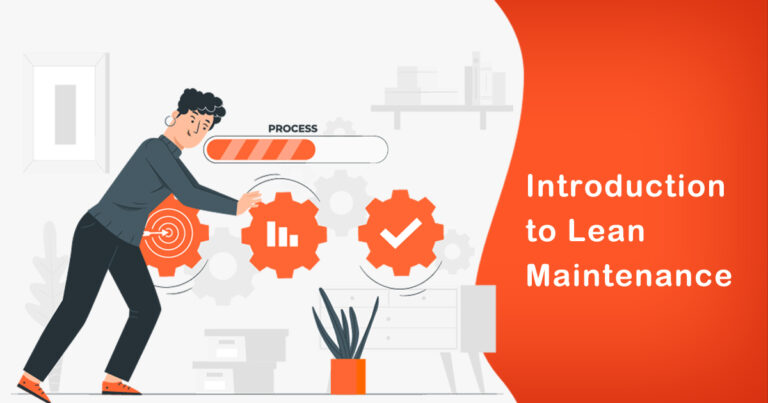Introduction
As industries and facilities continue to grow and expand, the need for effective maintenance management becomes increasingly important. This is where Computerized Maintenance Management Systems (CMMS) come in. A CMMS is a software application that assists organizations in managing their maintenance operations, from work order management to inventory control. In this blog post, we will discuss how to use a CMMS effectively with a step-by-step guide.
Step 1: Define Your Maintenance Goals and Objectives Before implementing a CMMS, it is essential to define your maintenance goals and objectives. This involves identifying your assets and equipment, assessing their current condition, and determining the level of maintenance required. You should also consider your organization’s unique needs and priorities, such as safety, efficiency, and cost-effectiveness.
Step 2: Choose the Right CMMS Choosing the right CMMS software can be a daunting task, as there are numerous options available on the market. Some important factors to consider when selecting a CMMS include your organization’s size and complexity, the type of industry you are in, and your budget. It is also crucial to ensure that the software you choose is user-friendly, customizable, and offers robust reporting features.
Step 3: Gather Data To get the most out of your CMMS, you need to gather accurate and comprehensive data on your assets and equipment. This includes information such as the make and model, installation date, warranty information, maintenance history, and any other relevant details. This data can be collected through physical inspections, maintenance records, and equipment manuals.
Step 4: Set Up Your CMMS Once you have chosen your CMMS software, you need to set it up to meet your organization’s needs. This involves entering all the relevant data you have gathered, such as asset and equipment information, inventory, and vendor details. You should also configure the software to generate work orders, assign tasks, and set up preventative maintenance schedules.
Step 5: Train Your Staff To ensure that your CMMS is used effectively, it is important to provide comprehensive training to your staff. This includes training on how to use the software, how to generate work orders, how to schedule and prioritize tasks, and how to generate reports. It is also crucial to ensure that your staff understands the importance of maintaining accurate and up-to-date data in the system.
Step 6: Implement Your Maintenance Plan With your CMMS set up and your staff trained, it’s time to implement your maintenance plan. This involves generating work orders, assigning tasks, and prioritizing maintenance activities based on their importance and urgency. It is also essential to track and monitor the progress of maintenance activities, update the CMMS with new data, and generate reports to assess the effectiveness of your maintenance plan.
Step 7: Continuously Improve Your Maintenance Plan Finally, it is essential to continuously improve your maintenance plan based on the data and feedback you receive from your CMMS. This involves analyzing maintenance data, identifying areas for improvement, and adjusting your maintenance plan accordingly. By continuously refining your maintenance plan, you can improve efficiency, reduce costs, and ensure that your assets and equipment are operating at their optimal level.
Conclusion
In conclusion, a CMMS can be a valuable tool for organizations looking to streamline their maintenance operations. By following the steps outlined in this guide, you can effectively implement a CMMS that meets your organization’s unique needs and priorities. With accurate data, comprehensive training, and a continuous improvement mindset, you can ensure that your assets and equipment are well-maintained and operating at peak performance.



